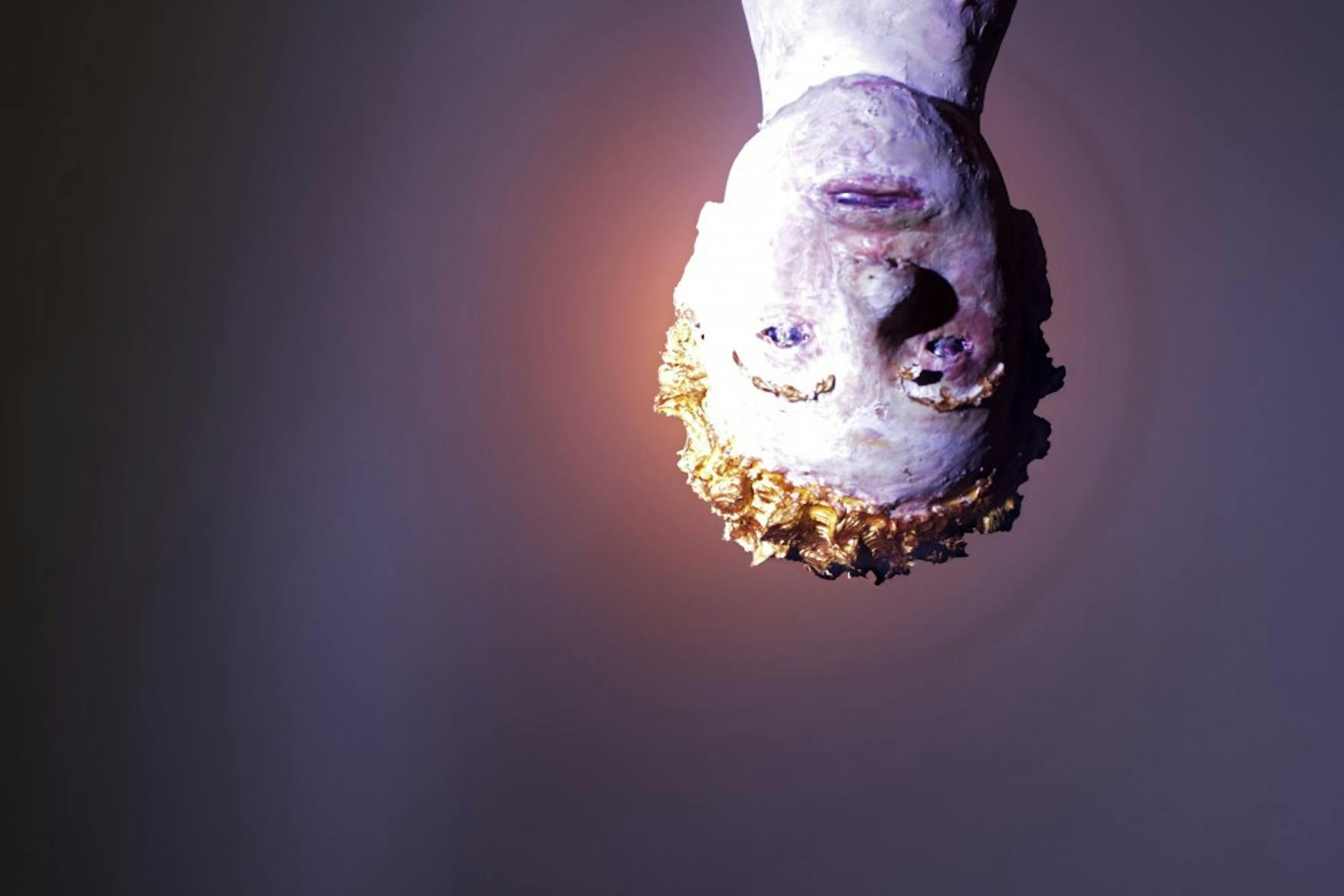‘THE BIBLE’ depicts stream of beautiful and horrifying imagery in 48 minutes
Tommy Hartung’s feature-length film THE BIBLE (2014) is haunting and beautiful at once. The film, which is currently on view at the Rose Art Museum, is something similar to a dream. Beautiful images flash across the screen, each preserved for only a fraction of a second in the mind of the viewer. The experience is captivating nevertheless, and by the end, it is hard to imagine that 48 minutes have passed.
In the film, Hartung weaves together animated objects, composed scenes and footage from citizen journalists to create a masterpiece of images that is nothing short of brilliant.
“It should be noted first that neither synopsis nor ekphrasis [is] possible in the case of THE BIBLE,” writes Christoper Bedford, the Henry and Lois Foster director of the museum, in the video’s accompanying materials. I would have agree with Bedford. The whole film is so complex and multidimensional that it is not worth describing singular images—one can only begin to describe the enormous intricacy and scope of the film through an emotional or metaphorical lens.
The film, as communicated through its name, references materials and ideas from the Old Testament. But it is very hard to discern these references because the images move and transform so quickly across the screen and are so abstract. The visuals are bold, vibrant, colorful and three-dimensional, and they sparkle and shine. The experience is like one of looking through kaleidoscope for an extended period of time—but a kaleidoscope sometimes containing gruesome and haunting images and sometimes riveting beauty.
The opening passage of the film reads, “THE BIBLE is a multi-dimensional, worldwide network of networks in which users at any point in the world can connect information with another user, and sometimes talk directly with the source of this network.” The typed words scroll down the screen, littered with what look like grammatical changes scribbled in pencil. This passage sets up the video well, designating it as a look into the Bible through a modern and universal lens.
It may be better to look at Hartung’s work as a whole and let yourself fall into the emotional spaces and beautiful aesthetics he explores rather than trying to think about individual frames or sequences. But if you can manage to focus on frame or a series of frames for a couple seconds, you will see absolute beauty. Each frame, if separated, would be able to serve as a complex and beautiful piece of still artwork.
Interwoven into the fabric of the film are narrated stories and testimonies about modern real-world events that are mostly horrifying and upsetting. These segments are extremely powerful, as they break up the abstract swarm of images and glimpse into the real, tangible implications of the film. The film includes the testimony from WikiLeaks convict Chelsea Manning (formerly Bradley Manning), who talks about what she believes to be a harmful war against Afghanistan and Iraq. There is a story about a South African gay couple attacked in the act of having sex—one person was stoned to death, the other escaped. There is a story about a Vietnam veteran who set himself on fire on the National Mall, his motives for which are still unknown.
It is difficult to recall the enormous series of images that went flitting by on the screen but the emotional experience is extremely moving. Do not overlook the museum’s note that viewer discretion is advised, but if you can stomach the horror, you will be rewarded with an incredible experience. And if you have time, watch the whole thing.



Please note All comments are eligible for publication in The Justice.